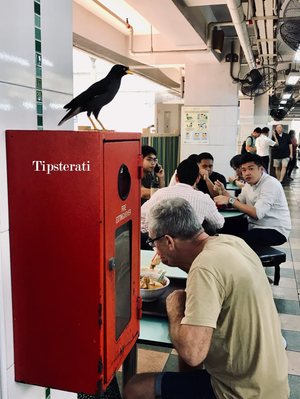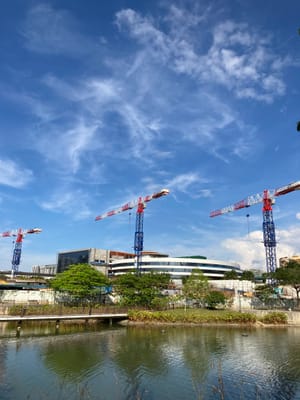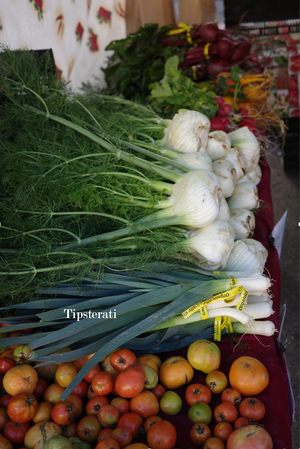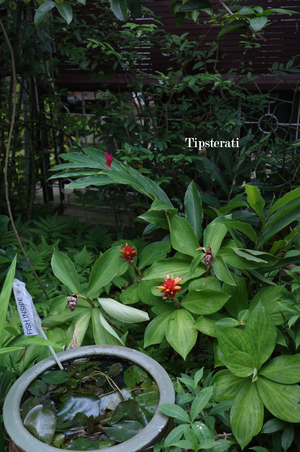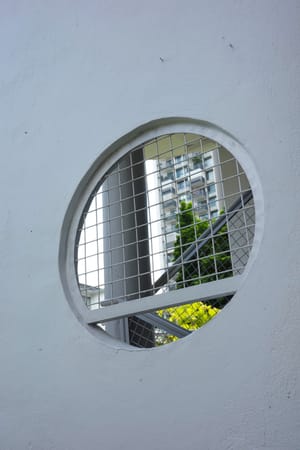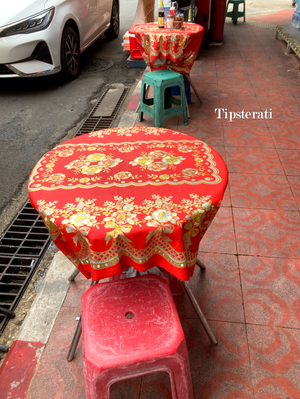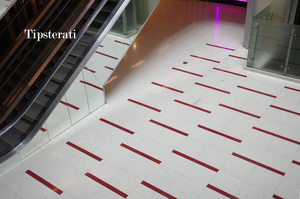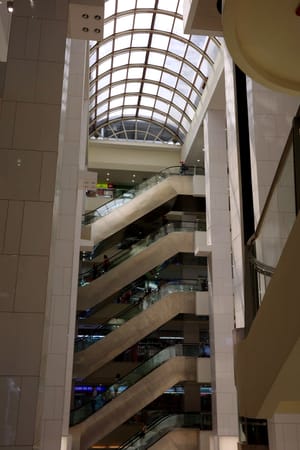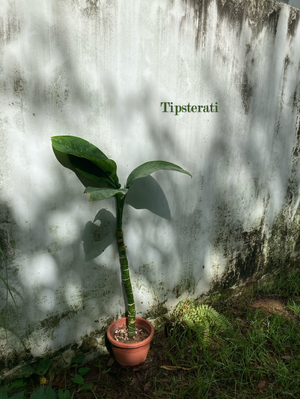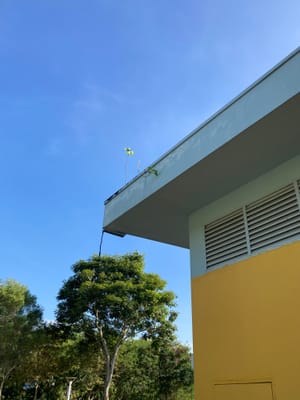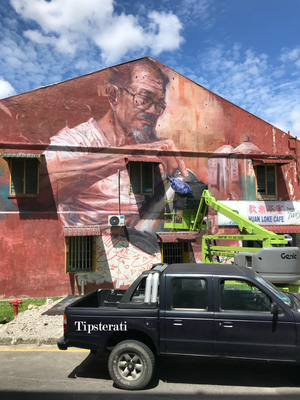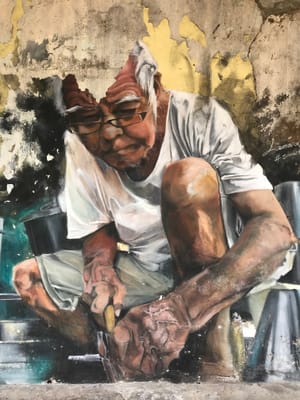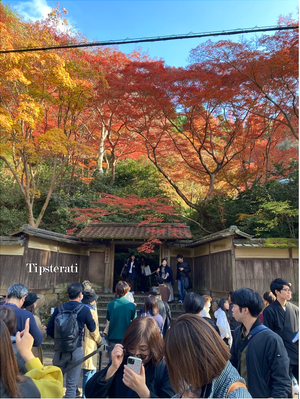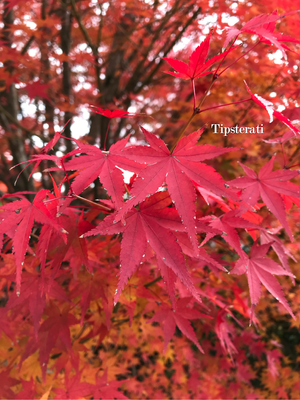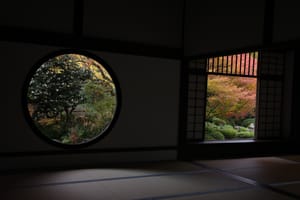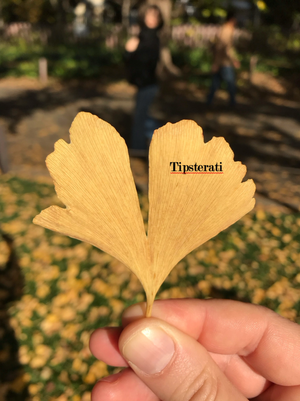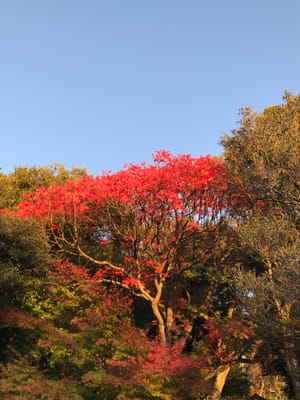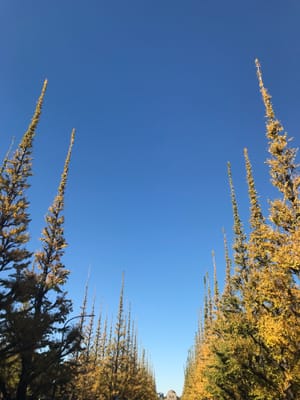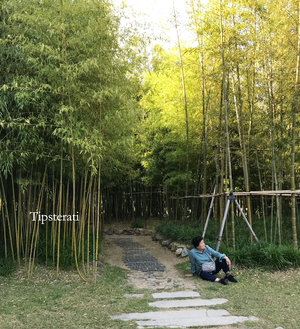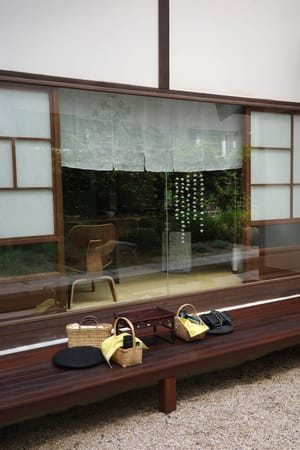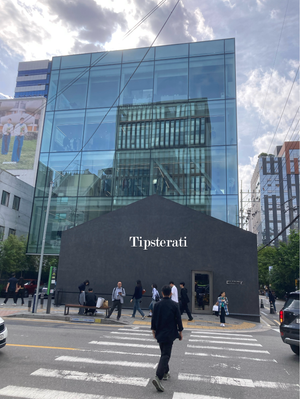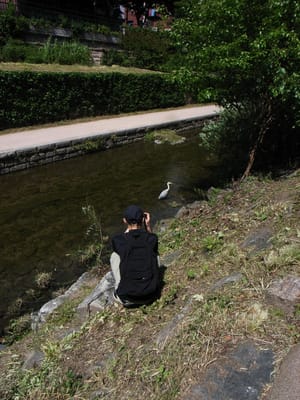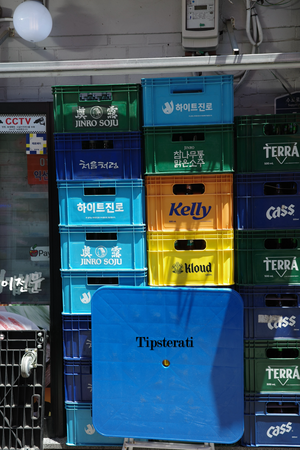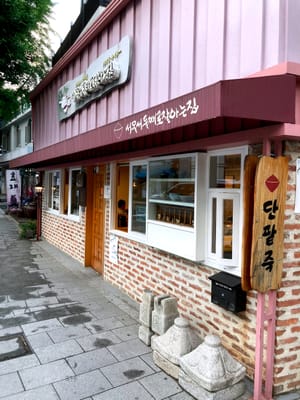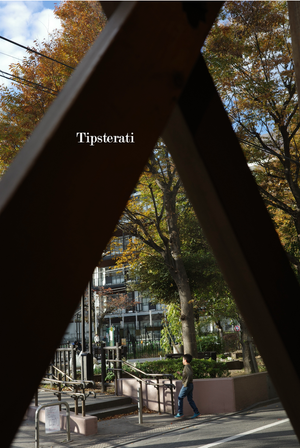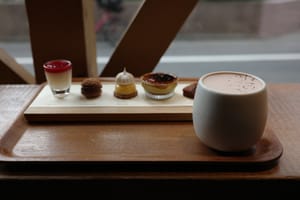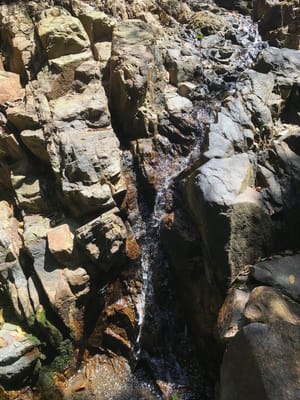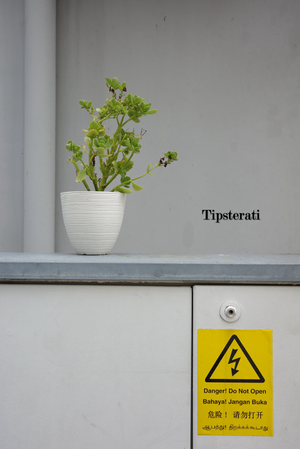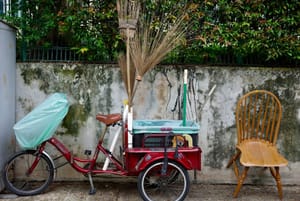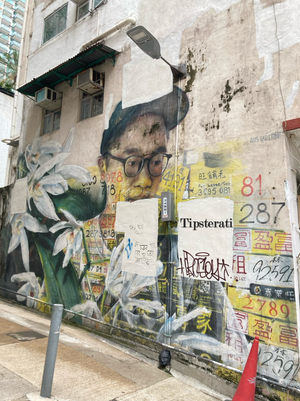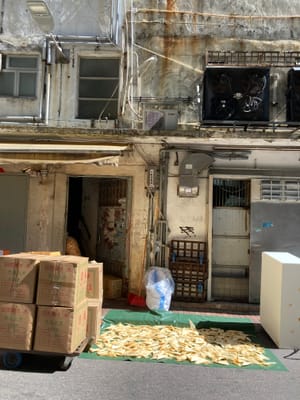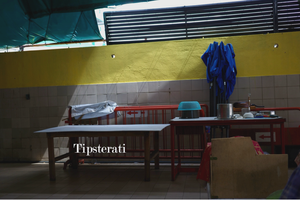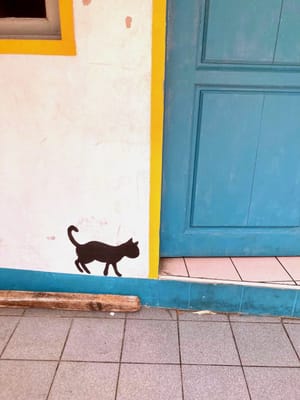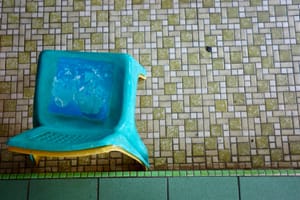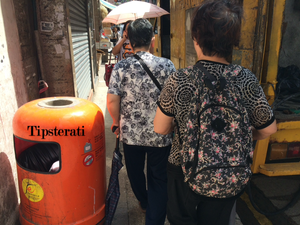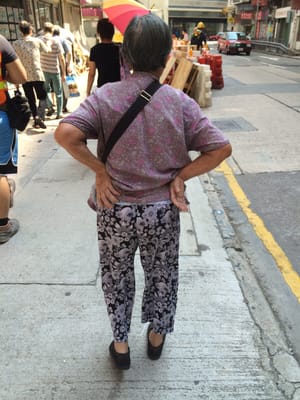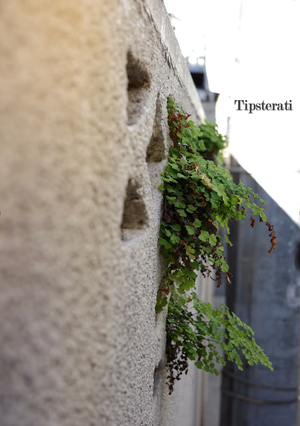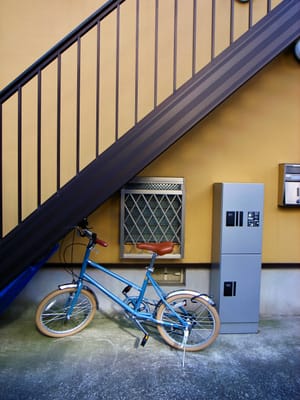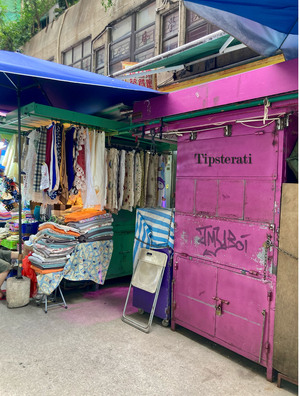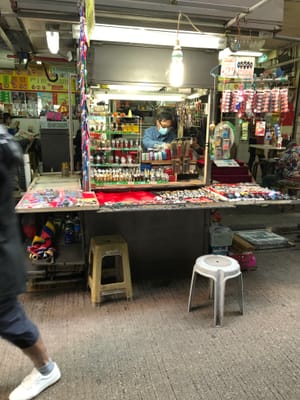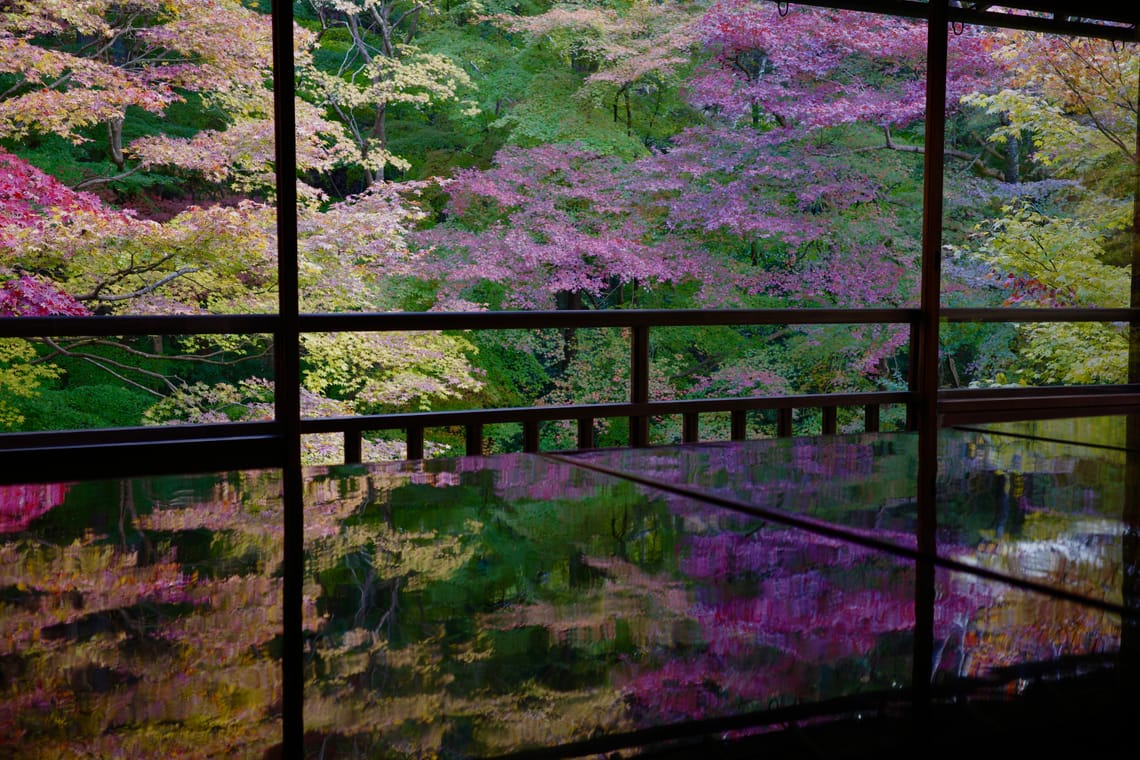
Ruriko-in
Over-tourism is a serious problem in Kyoto and if there was one temple that brought this home to me, it was Ruriko-in. I was drawn to it by the astonishing photographs I had seen of it. Highly polished lacquered tables in the study reflect the autumn colours of the trees outside, creating a stunning, hallucinatory landscape. I felt I needed to see it for myself. Now, even as I look over my photographs, I once again fall under Ruriko-in's spell. It was breathtaking. It was magical. It was also like being in a madhouse.
Ruriko-in is incredibly popular with domestic and Asian tourists. There are rather fewer tourists from the West, most likely because the system to book a slot to visit the temple is not very accessible to English speakers. I was prepared for the usual crowds but had not reckoned with the high volume of traffic in a fairly tight space. Ruriko-in is a small temple, housed in what used to be a countryside villa for the Meiji-era noble and statesman, Prince Sanjō Sanetomi (1837–1891). The study, where the stunning views are, was particularly cramped. There was a rush to find the best spot to photograph the trees and their reflections. Being Japan, everyone was civil, but we were at least 20 people politely jostling in a room that was roughly 20 square metres, with the bulk of the space taken up by large lacquered tables. It was hectic, to put it mildly. There wasn't much of a chance to simply be present and in awe of the beauty of it. You had to wait till you were back in the quietness of your hotel room when, checking what you had captured on your camera, you succumb to Ruriko-in's gloriousness. In hindsight, it was amazing and special. In real time, it was frustrating to be in a space so completely overrun with visitors.
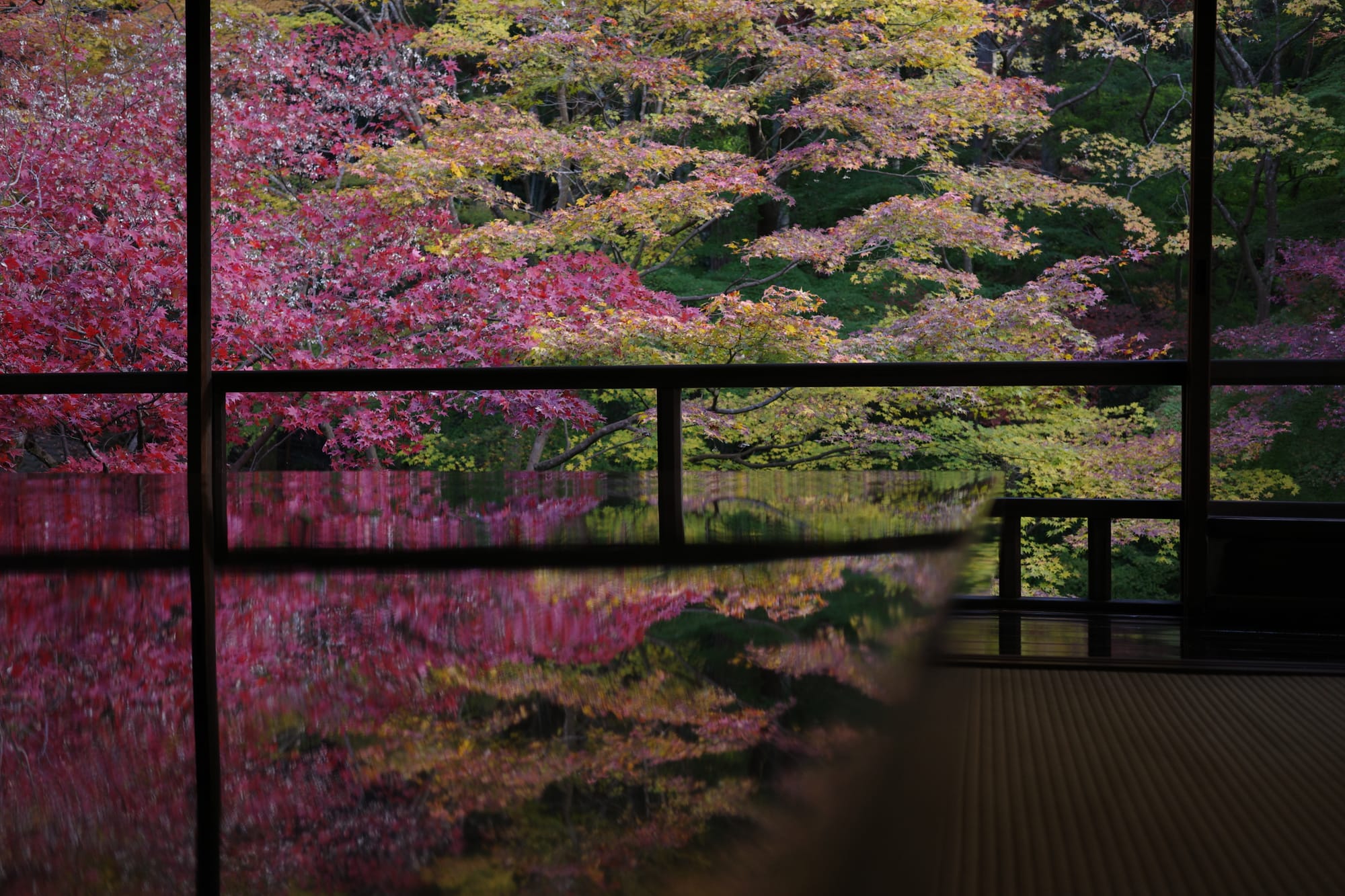
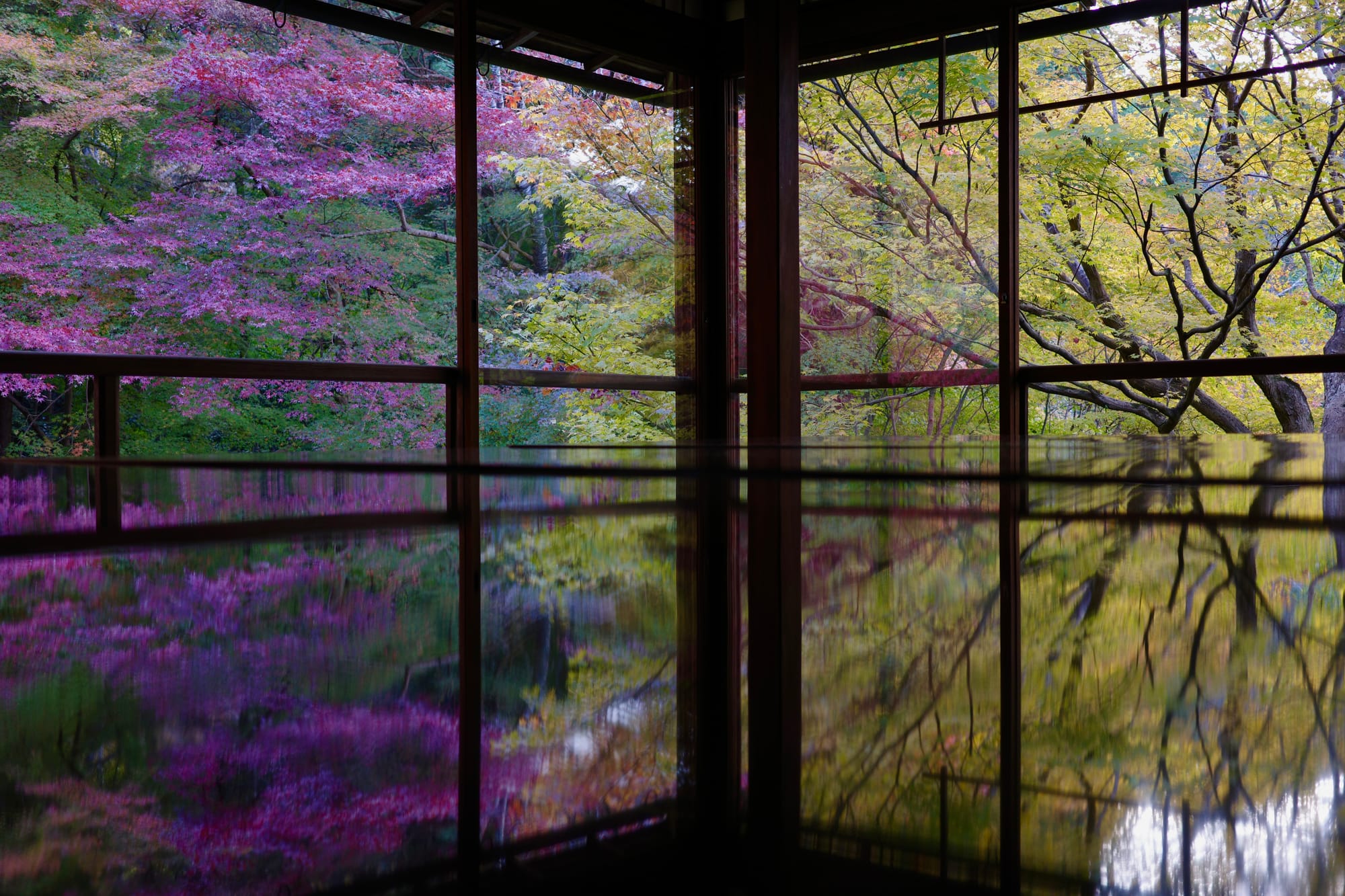
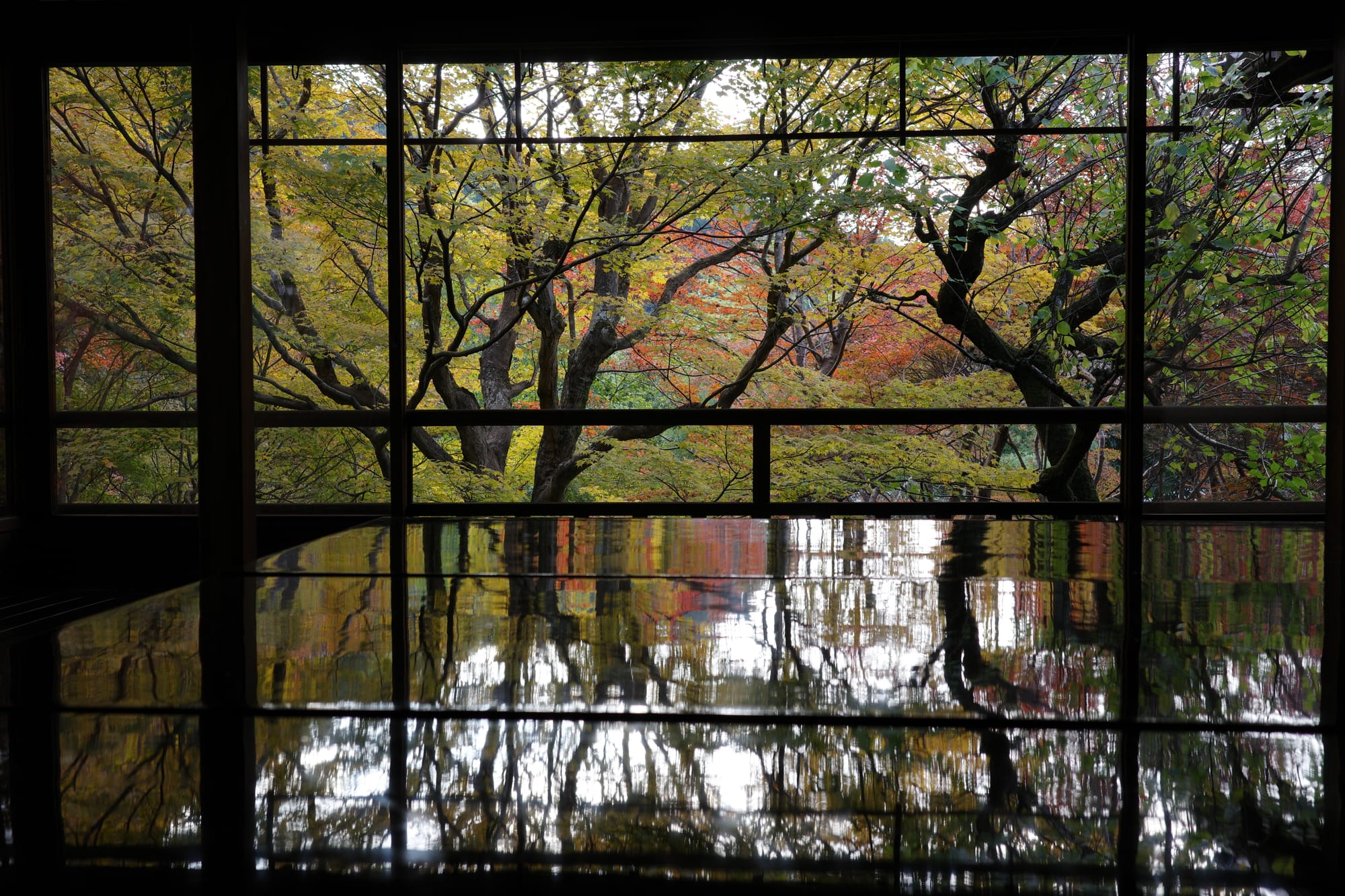
I'm not sure if there are any good solutions to this. You could increase the already expensive ticket price and reduce the number of people to a more manageable number, but then Ruriko-in will become the preserve of the privileged, and fewer and fewer of us will get the opportunity to see that wonderful view in person. How do you balance the importance of public access with the desire for a transcendent experience? In this age of over-tourism, we may have to resort to our imagination, aided by our photographs, to provide the tranquility we had hoped for. Ruriko-in recollected is the ideal Kyoto temple.


